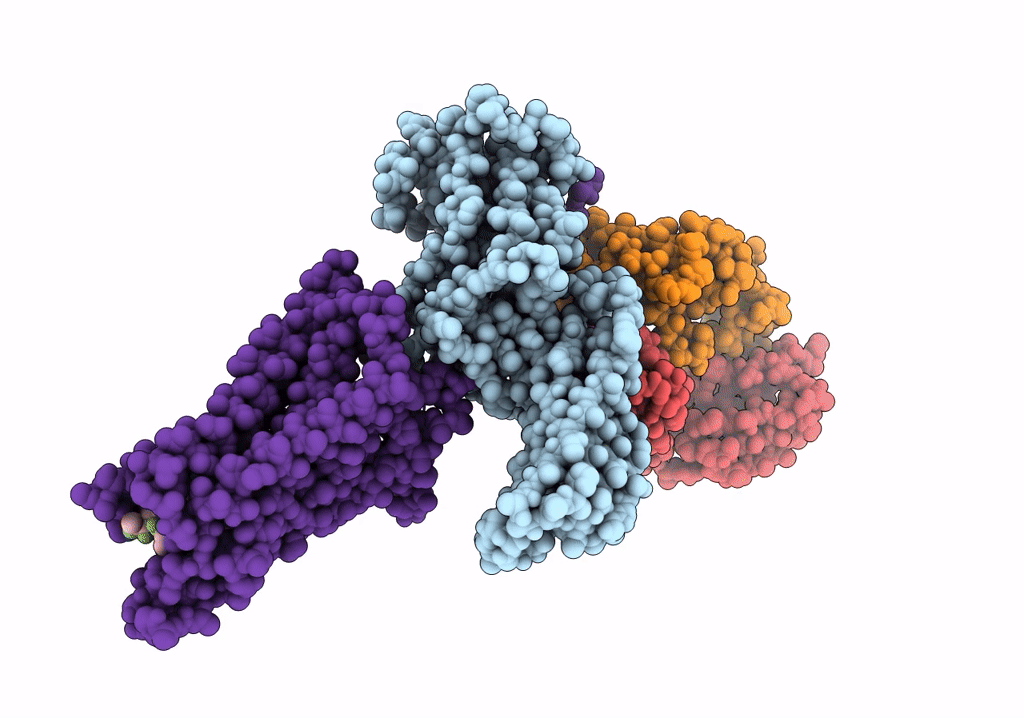
Deposition Date
2019-07-22
Release Date
2019-12-04
Last Version Date
2025-06-04
Entry Detail
PDB ID:
6PWC
Keywords:
Title:
A complex structure of arrestin-2 bound to neurotensin receptor 1
Biological Source:
Source Organism:
Homo sapiens (Taxon ID: 9606)
synthetic construct (Taxon ID: 32630)
synthetic construct (Taxon ID: 32630)
Host Organism:
Method Details:
Experimental Method:
Resolution:
4.90 Å
Aggregation State:
PARTICLE
Reconstruction Method:
SINGLE PARTICLE


